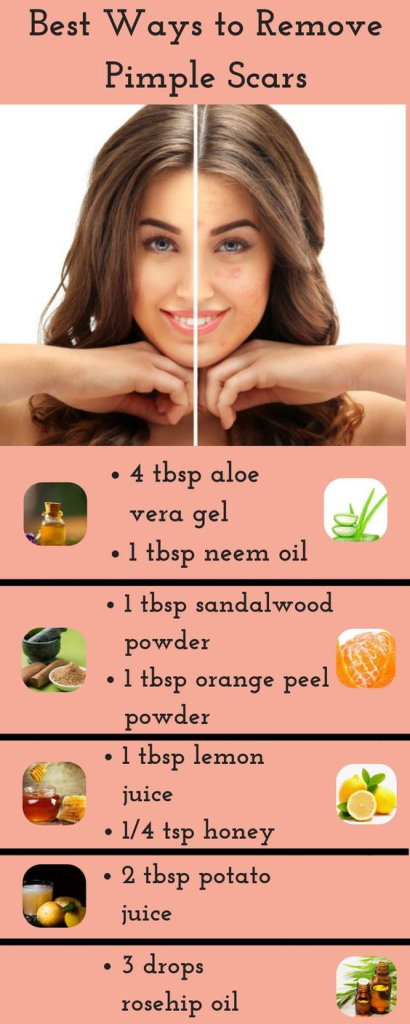Improving the appearance of scars is a gradual process with varying results based on scar type and severity. While complete elimination may not be possible, minimizing visibility is achievable through several methods. Topical treatments like silicone gel, onion extract, and vitamin E, along with massage, can promote scar softening and flattening. Sun protection is crucial to prevent darkening. A healthy diet aids overall skin health. Medical interventions such as laser therapy, microdermabrasion, and chemical peels can be considered. Pressure garments and cryotherapy may be suitable for specific scar types. Over-the-counter scar creams with key ingredients can also help. Consultation with a healthcare professional is recommended for personalized advice and potential interventions. Patience is essential, as scar improvement takes time.

1. TROPICAL TREATMENT
Topical treatments for scar management include silicone gel or sheets, known for flattening and softening scars, available at drugstores. Onion extract (Allium cepa) is suggested to reduce scar appearance and is found in over-the-counter products. Vitamin E, in oil or cream form, may improve scar texture and moisture, but a patch test is advisable due to potential sensitivity. These options aim to address different aspects of scar healing and can be incorporated into skincare routines for enhanced results.
2. Massage
Regularly massaging scar tissue can be beneficial for improving the appearance of scars. The process helps break down collagen fibers and enhances blood circulation, contributing to a smoother and potentially less noticeable scar. Integrating massage into scar care routines can promote better healing and cosmetic results over time.
3. Sun Protection
To improve the appearance of scars, it’s important to provide sun protection. Exposure to UV rays can darken and make scars more noticeable. Applying sunscreen with a high SPF to the scarred area when exposed to sunlight is crucial for preventing discoloration and promoting better scar healing.

4. Healthy Diet
To enhance the appearance of scars, maintaining sun protection and adopting a healthy diet is essential. Protecting scars from sunlight with high-SPF sunscreen prevents discoloration and aids in scar healing. Additionally, a well-balanced diet, particularly rich in vitamins A and C, supports overall skin health and collagen production, contributing to improved scar appearance.
5. Medical treatment
To improve the appearance of scars, consider medical treatments under the guidance of a dermatologist. Procedures like laser therapy, microdermabrasion, or chemical peels can be explored. These interventions work by promoting collagen remodeling and skin resurfacing, ultimately reducing the visibility of scars. Consulting with a dermatologist ensures personalized recommendations for effective and safe medical interventions.
6. Pressure Garments
To improve the appearance of raised scars, such as hypertrophic and keloid scars, consider using pressure garments. These specialized garments apply consistent pressure to the scar tissue, aiding in the flattening and softening of the raised areas. Pressure garments are a commonly recommended approach for managing raised scars and can contribute to a smoother and less prominent appearance over time.
7. Cryotherapy
To enhance the appearance of scars, cryotherapy can be considered. This treatment involves freezing scar tissue using liquid nitrogen. While it may be suitable for certain types of scars, it’s crucial to have cryotherapy performed by a qualified professional. Seeking the expertise of a trained professional ensures the safe and effective application of cryotherapy for scar improvement.

8. Over-the-Counter Scar Creams
To improve the appearance of scars, consider using over-the-counter scar creams and gels. These products often claim to reduce scar visibility and may contain ingredients such as allantoin, onion extract, or alpha hydroxy acids. When selecting a product, look for these key ingredients, as they are believed to contribute to scar improvement. Consistent and appropriate use of over-the-counter scar creams can be a convenient part of scar management routines.
9. Consult a Professional
For enhanced scar improvement, it’s advisable to consult a professional if over-the-counter treatments prove ineffective. Seeking guidance from a dermatologist or plastic surgeon allows for personalized advice and the consideration of potential medical interventions tailored to your specific needs. Professional expertise can offer more advanced solutions to optimize the appearance of scars and address individual concerns.